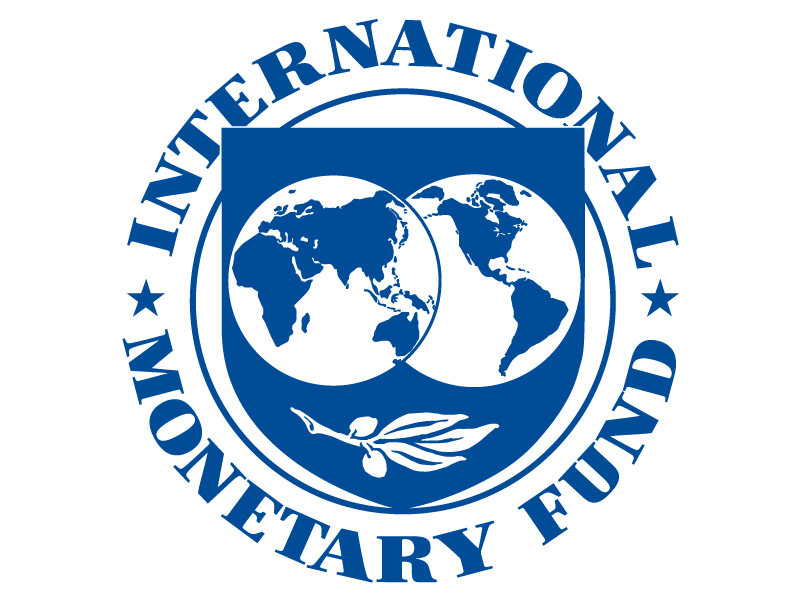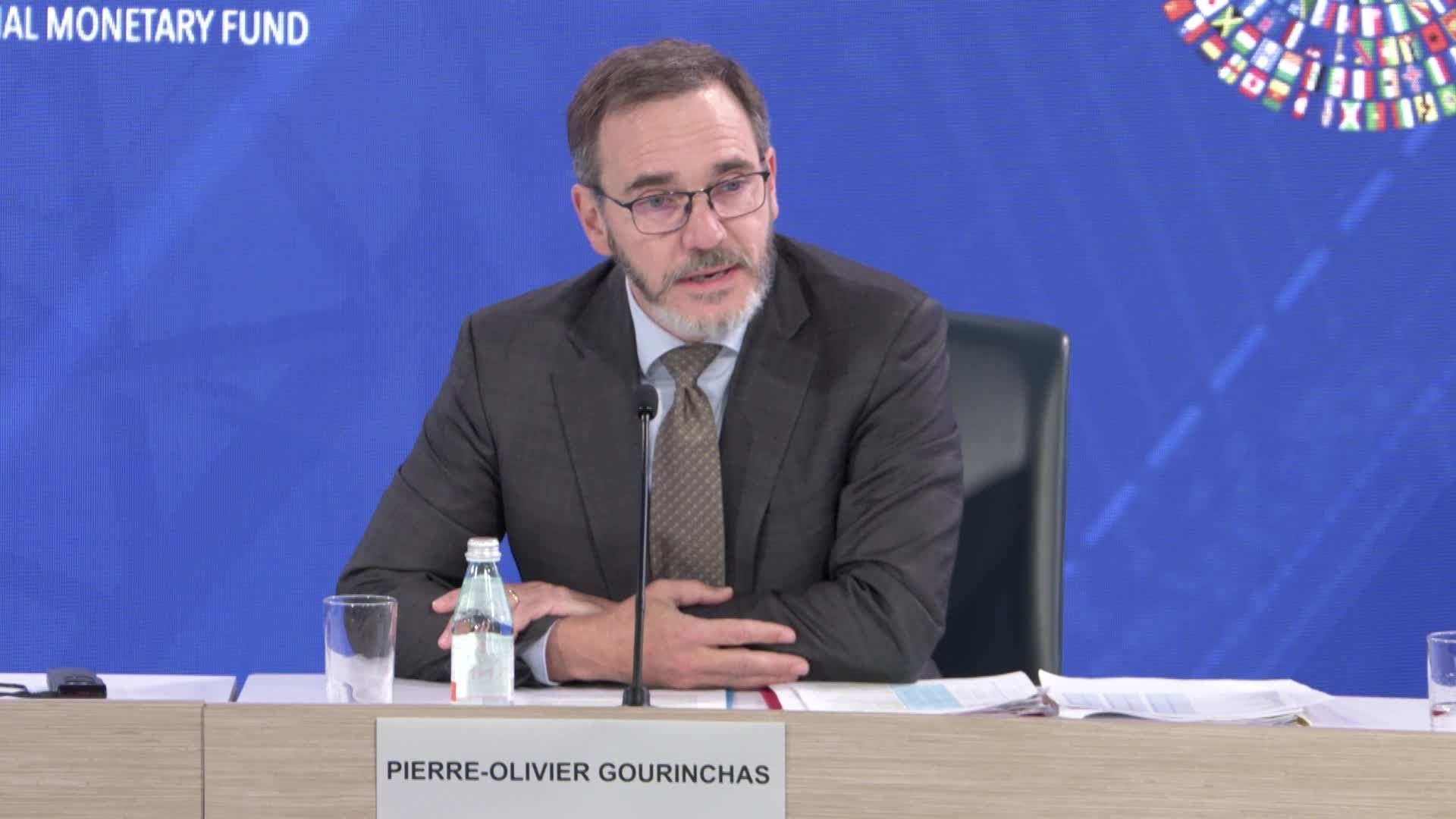The International Monetary Fund (IMF) opened its World Economic Outlook press briefing on October 14, 2025, with a message from Pierre-Olivier Gourinchas, Director of the Research Department at the IMF, that blends cautious optimism with clear warnings: while the global economy has weathered recent trade shocks better than expected, the outlook remains fragile and vulnerable to renewed disruptions.
“Global trade developments continue to shape the outlook, but other drivers are increasingly coming into the picture. In April, the US shook global trade norms by announcing sweeping tariffs. Our April report offered a range of estimates for the resulting growth downgrade from modest to significant. Six months on, where are we? The good news is that the growth downgrade is at the modest end of the range, with growth projected at 3.2% this year and 3.1% next year, while inflation has increased modestly and is proving more persistent now,” said Gourinchas.
According to Gourinchas, the impact of tariff measures was milder than expected due to trade exemptions, restrained retaliation, and swift private-sector adjustments. Loose financial conditions, expansionary fiscal policies in key economies, and booming U.S. investment in AI and technology further softened the impact.
“The tariff shock is here and it is further dimming already-weak growth prospects. This is clear even in the US; growth is revised down from last year. The labor market is weakening and inflation has been revised up and is persistently above target, signs that the economy has been hit by a negative supply shock,” warned Gourinchas.
He highlighted four major downside risks to the global outlook: a potential market correction from the AI investment boom, structural vulnerabilities in China’s economy tied to its property sector and debt, insufficient fiscal space in many countries amid rising spending pressures, and growing political pressure on central banks that could undermine monetary credibility. Together, these risks could intensify economic instability and amplify the impact of trade disruptions. Gourinchas emphasized that proactive fiscal and monetary discipline will be essential to safeguard global stability.
“All is not gloomy; a few important developments could quickly brighten the outlook. First and foremost, resolving policy uncertainty with clearer bilateral and multilateral trade agreements and lower tariffs can help boost output in the near term. Second, AI has the potential to increase productivity; many of us are already using it and we can attest to its benefits. Improved domestic policies will also go a long way to help improve resilience, reduce macroeconomic risks, and help resolve global imbalances; restoring fiscal space where needed; improving the efficiency of public spending; ensuring independent, transparent and tailored monetary policy; and above all, adopting government policies that invest in the future and empower private entrepreneurs to innovate and thrive,” Gourinchas concluded.
Click here to read the full 2025 World Economic Outlook report.

